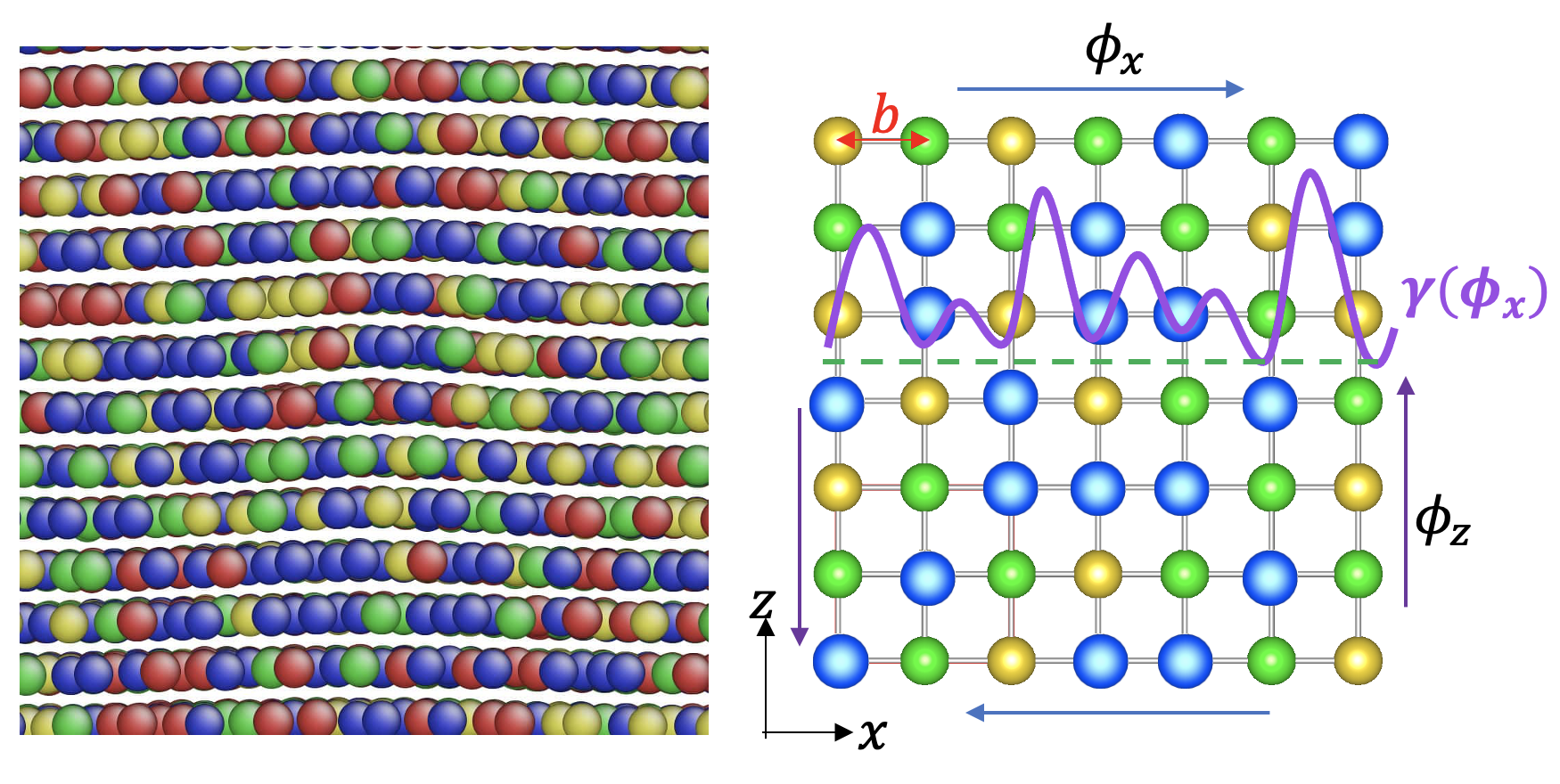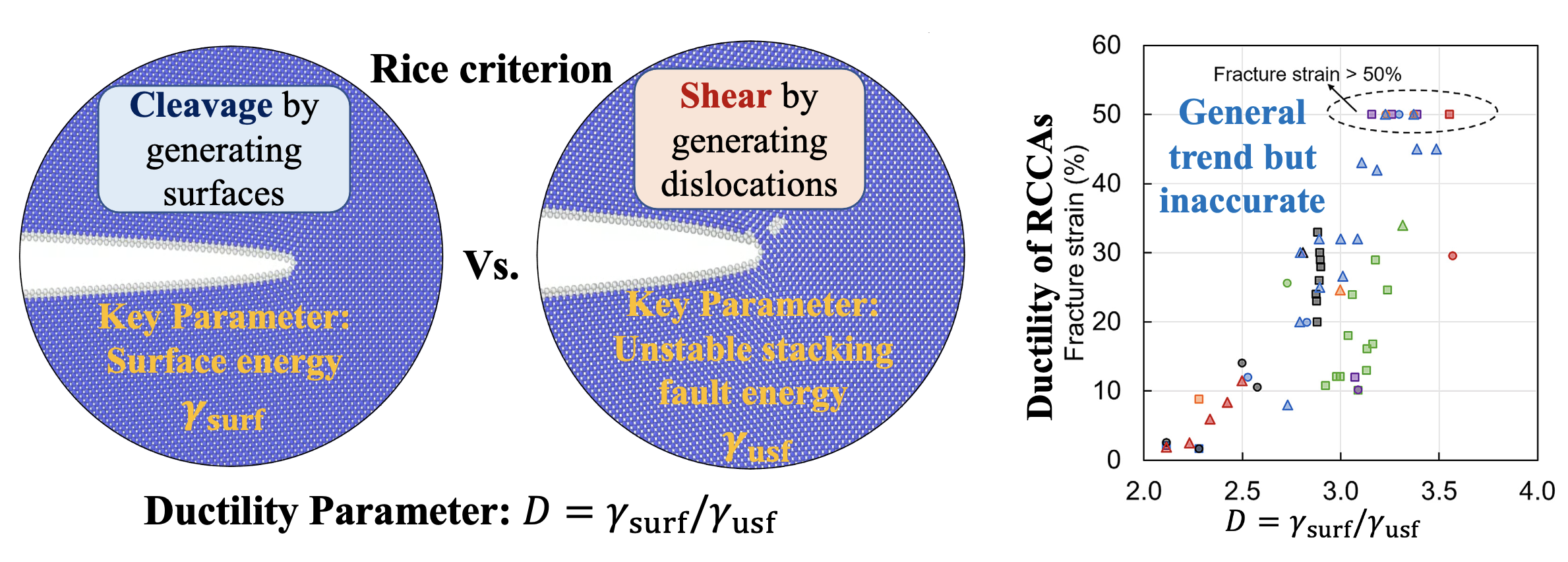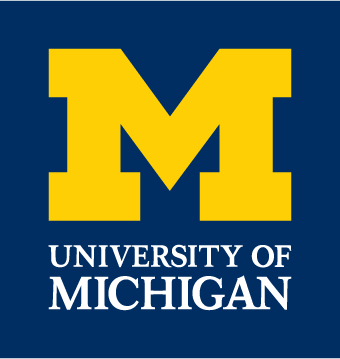DMREF: AI-enabled Automated Design of Ultrastrong and Ultraelastic Metallic Alloys
The research team is devoted to developing an artificial intelligence-enabled automated research workflow to revolutionize the design and manufacturing processes of ultrastrong and ultraelastic metallic alloys, which have extremely high yield strengths and elastic limits simultaneously. The general strategy is to manipulate and precisely tailor the local lattice distortions and chemical concentration fluctuations for impeding deformation defect motions in complex concentrated alloys. To achieve this goal, the automated research workflow will seamlessly integrate each step of material design aided by physical principles and artificial intelligence. These key features facilitate the construction of a two-stage automated research workflow that transitions from a data-driven approach to a physics-based approach for designing and validating alloy candidates. This project aims to advance both the scientific understanding of deformation mechanisms under extreme loading conditions and manufacturing technologies of complex concentrated alloys and other chemically complex materials. This project is conducted in collaboration with Prof. Yang Chen at University of Michigan, Prof. Feng Yan at Arizona state university, and Prof. Yufeng Zheng at University of North Texas.

Fundamental Understanding of Chemical Complexity on Crack Tip Plasticity of Refractory Complex Concentrated Alloys
This project aims to enhance the room-temperature ductility of single-phase body-centered cubic (BCC) refractory complex concentrated alloys (RCCAs), which exhibit high yield strengths but suffer from brittleness at room temperature, limiting their manufacturing and mechanical performance. Traditional models, like the Rice criterion, focus on single slip systems and cleavage planes but fall short in accounting for the complex, multi-mode deformation behaviors at RCCA crack tips. To address this gap, we employ high-throughput synthesis, rapid nano- and micromechanical characterization, physical modeling, and machine learning (ML) to analyze crack tip plasticity and improve RCCA ductility. High-throughput laser-directed energy deposition (DED-AM) enables fast composition screening, while advanced nanomechanical testing in scanning electron microscopes assesses ductility, toughness, and deformation mechanisms. The data from these methods will help us refine the Rice criterion by incorporating multi-element and multi-mode effects, establishing a new ductility model for concentrated alloys. This project is conducted in collaboration with Prof. Amit Misra and Prof. Jerard Gordon at University of Michigan.

First-Principles Predictions of Solute Effects on Defect Stability and Mobility in Advanced Alloys
This NSF CAREER award supports an integrated research and educational project to develop new computational approaches to study the defect-solute interactions and their effects on mechanical properties of advanced transition metal alloys by bridging the gaps between electronic, atomistic and mesoscale levels. Interactions between solute atoms and crystalline defects (dislocations, twin/grain boundaries, etc.) play essential roles in determining the mechanical and physical properties of many advanced alloys. Our group discovered a series of strong correlations between defect energetics and local electronic structures in several types of advanced transition metal alloys. Based on this discovery, the proposed research is conducted to (i) identify generalized and quantitative correlations between local electronic/atomistic structures and defect-solute interactions for multiple types of defects and solutes, (ii) apply the above correlations to construct mesoscale simulation methods and phenomenological models to predict defect stability and mobility, and (iii) employ the above methods and models to evaluate the mechanical behavior.


